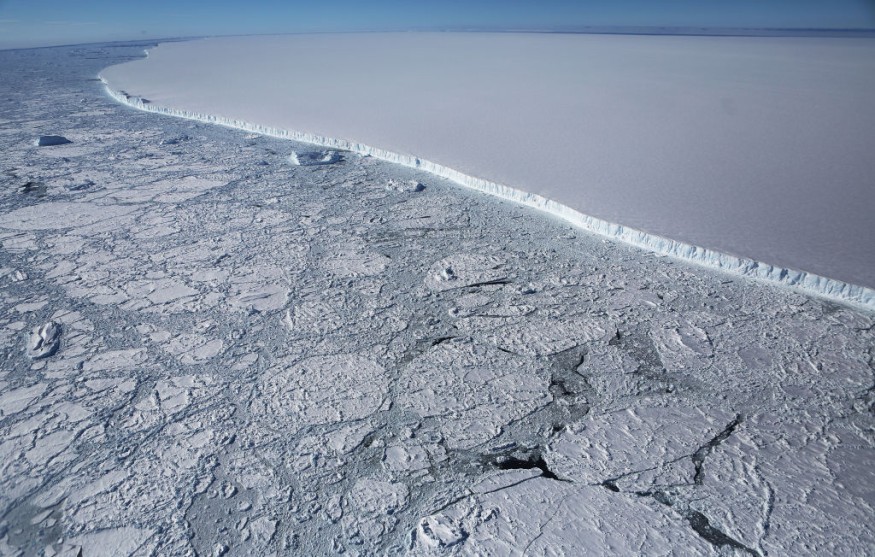In spite southern summer season, the freezing temperature in Antarctica is still prevalent, but there's no stopping James Smith and his team, geologists of the British Antarctic Survey, to camp out in the middle of Filchner-Ronne Ice Shelf for the name of science.
The goal of Smith and his team was to collect a seafloor sediment locked under a half mile of ice. It took 20 hours to dig through 20 tons of snow pumped through a pipe lowered down a borehole, creating 20,000 liters of hot water.
Once they were able to pierce through the shelf, they lowered an instrument to collect the sediment, along with a GoPro camera, each roundtrip taking about an hour. Unfortunately, after several attempts, the collector failed to fetch a sediment, but the team accidentally discovered something unknown until then: life beneath Antarctic ice shelf.

'Animal Communities' on Antarctica's Seafloor
A descent through 3,000 feet of blue-green ice to 1,600 feet of open dark seawater into the seafloor where life is typically unsupported surprisingly showed otherwise. Upon watching the footage that night, Smith admitted it was completely 'one-in-a-million shot' to be able to bump upon a 'not the most exciting-looking rock' lying around a relatively flat seafloor, just randomly carrying life.
While Smith is no biologist, his colleague, Huw Griffiths of the British Antarctic Survey described the strange creatures in antarctic ice shelf an 'alien-like sponge and other stalked animals'. It dangled from a rock lined with wispy filaments, probably a component of the bacterial mats or strange animal known as a hydroid.
The discovery raised a lot of questions for the team, like its origin, food supply, prevalence of predation, or its family tree. At this time, these questions cannot yet be proven unless a specimen can be gathered, but scientific guesses were already hypothesized. One of them being said that since these animals look like they had been attached in the same rock for a while now, they are considered part of the sessile community.
What Is Known About this Sessile Community So Far
Geologists were convinced that the animals live in total darkness, which is not new since a lot of deep-sea critters do the same. However, they wonder how food were distributed in their mini-ecosystem.
Since they were sessile, it would only make their place livable if there is existence of steady food source in the form of 'marine snow', a decomposed corpses of descended sea creatures. This is prevalent in most parts of Antarctica but this 'critters' in this particular rock live under a half-mile of solid ice, not under a bustling water column, and most likely they cannot go away to search for food.
Researchers think it's highly probable that descend of marine snow has been flipped on its side, and food source is moving horizontally rather than vertically. As far as currents around Antarctica is concerned, as seawater cools and grows denser, its currents radiate outwards, leaving a void where some inflow could replace. That inflow carries organic matter, carrying food for the ecosystem, as well as new animals washed along with it.
Since specimen of these sponges have not yet been collected, researchers cannot tell exactly what they have been eating.
© 2025 NatureWorldNews.com All rights reserved. Do not reproduce without permission.





